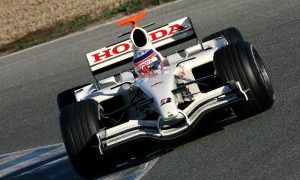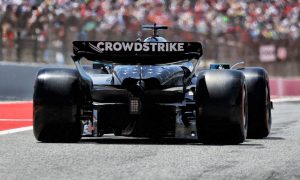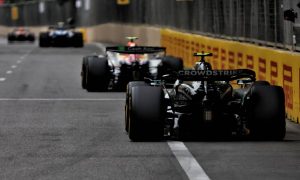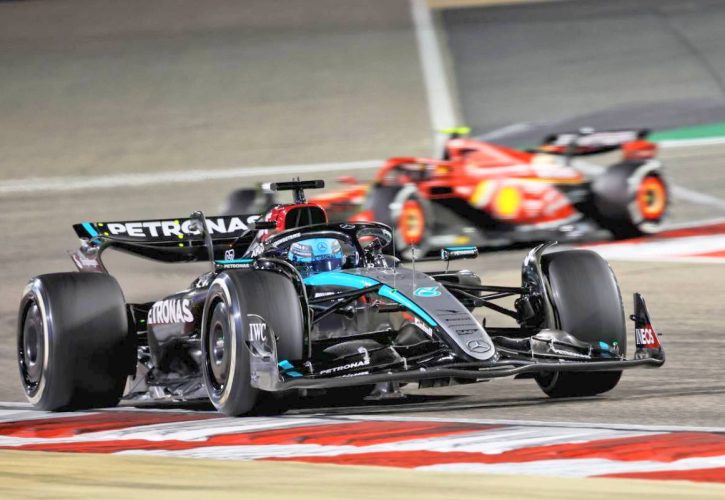
Mercedes technical director James Allison says the team remains baffled by the overheating issue that hit its W15 cars during last weekend’s Bahrain Grand Prix.
Both George Russell and Lewis Hamilton were forced to manage their engines and driving styles to control excessive temperatures, ultimately finishing their race fifth and seventh, respectively.
The problem wasn't limited to Mercedes, as their customer team Williams also experienced similar overheating. However, its other Mercedes-powered teams, McLaren and Aston Martin, faced no such issues.
Allison conceded that adjusting a car’s cooling systems based on anticipated race day temperatures always involves some guess work.
And the Briton acknowledged that Mercedes is still grappling to understand what caused the unexpected overheating at Sakhir, which hampered the team’s performance.
Read also:
“Well that was actually the biggest unanswered mystery from the weekend,” Allison said. “We were substantially hotter in the race than we expected to be.
“It's always something of a gamble choosing your cooling level for a given race weekend, because you're having to take a bet on free practice running what the weather is going to be like on a Sunday.
“And normally you're also making a few corrections for different power levels and other things that can vary between the race and when you're doing your practices.
“This particular weekend was one of the weekends where we had to make the fewest guesses possible, since we'd already run this cooling level loads of times in winter testing, and we'd already run these power levels in winter testing as well as free practice.”
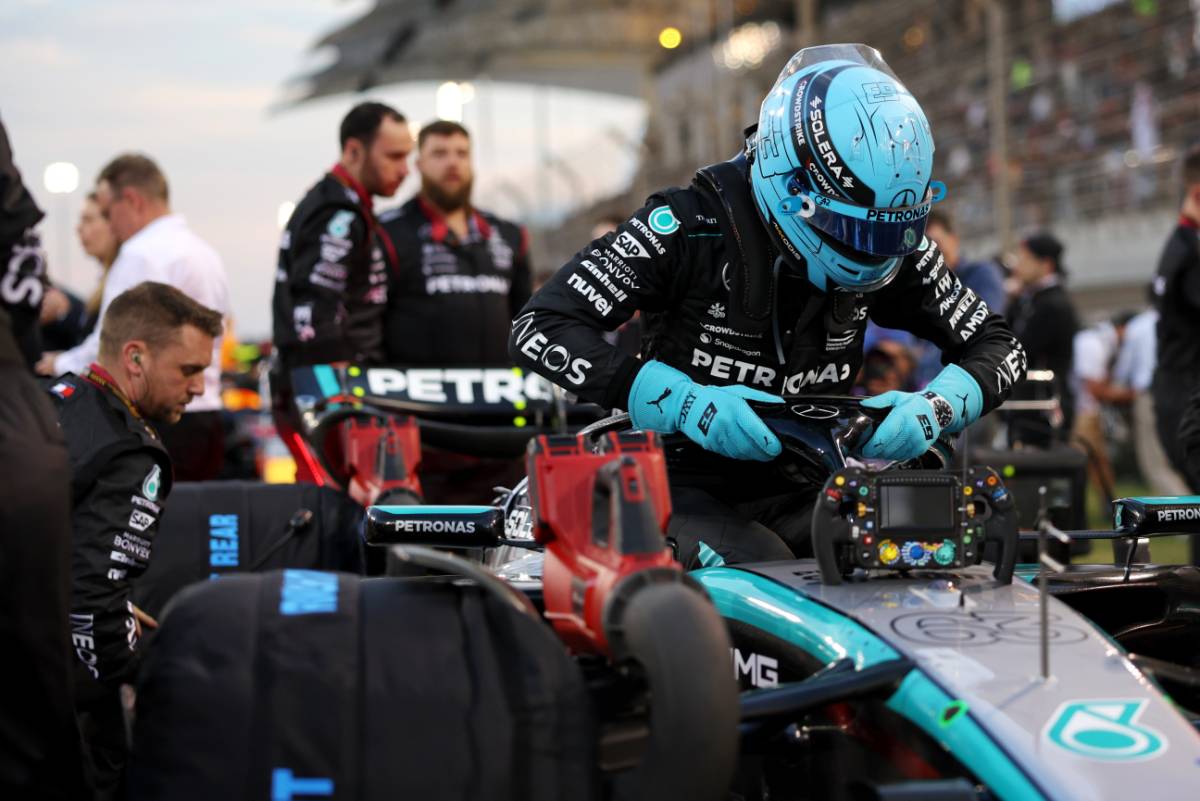
Despite getting its cooling levels right, a gremlin still crept into the Mercedes works.
“The temperature that we got on race day was incredibly close to what we predicted it would be,” Allison added.
“And therefore we had all of the circumstances to make an accurate prediction for where the [PU] temperatures would be.
“The fact that we got it wrong by more than one or two degrees is extremely unusual, and quite punishing, because once the cars are above the limit that the engine guys will guarantee the engine to, we just have to back off the car.”
Allison said that dealing with the in-race issue had a cascading impact on the W15’s performance.
"We have to back off the throttle at the end of the straights, we have to turn down some of the modes of the engine just to make them survive,” he said.
“And that just robs you of lap time, it robs you of tyre temperature, and it just ruins your race effectively.
“So it isn't solved yet. It's one of the things that we got a programme of work this week in the factory to try to understand of the very small number of things that could possibly have changed between free practice and race, what was it that gave rise to that unexpected temperature increase?
“And it will be a considerable relief when we pin that down and make sure it doesn't then happen to us again at any point this year.”
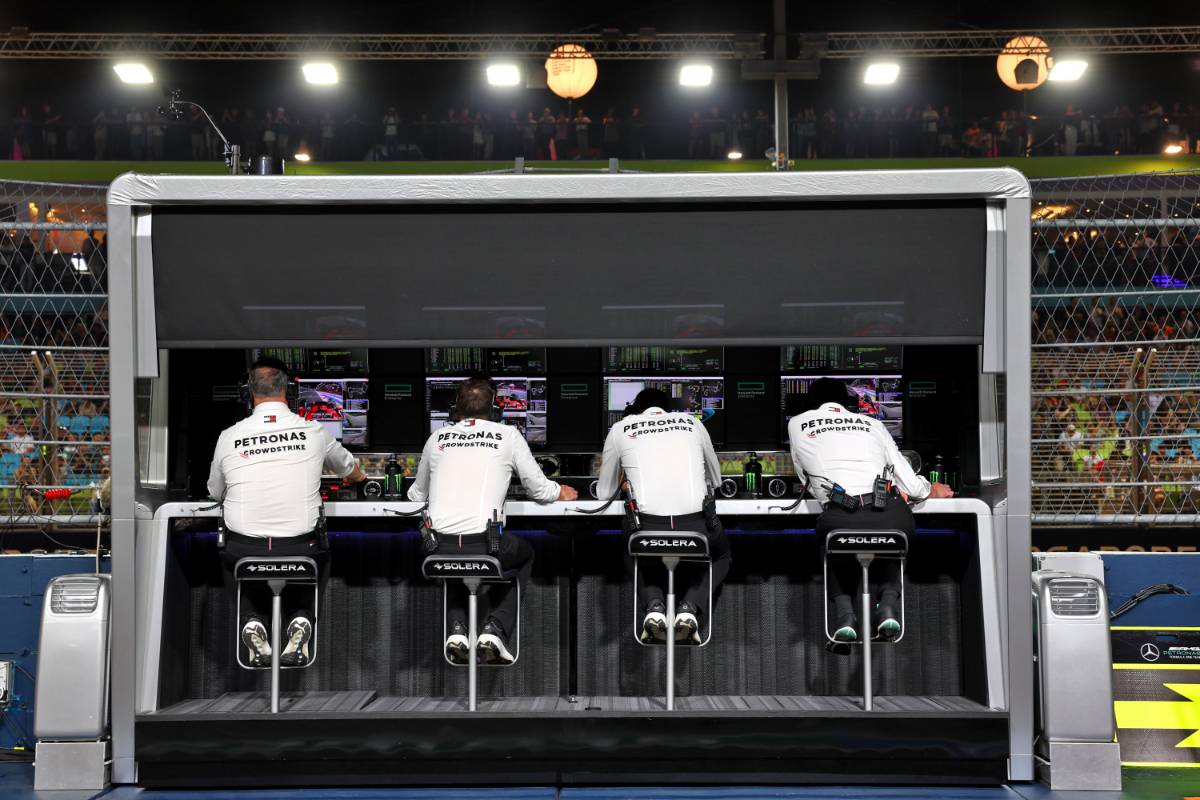
After last Saturday’s race, Mercedes team boss Toto Wolff suggested that the W15’s overheating woes cost its drivers around 0.5 seconds a lap. Andrew Shovlin, the Brackley squad’s trackside engineer director Andrew Shovlin confirmed that the deficit per lap was indeed significant.
“In terms of the amount it's quite sizeable and at its very biggest, close to around three-tenths,” said Shovlin.
“But then we were able to manage it effectively in other areas. And particularly with free air, the loss was a bit less than that. But of the order of one to two-tenths over the race per lap.
“Now, where would we have finished without that? Certainly, when George lost the position to Charles [Leclerc] that was one of the regions where he was having to do a lot of this management, and that lift and coast that he was doing to cool the power unit also cools the tyres.
“And he was starting to struggle a bit there with understeer, complaining about the front end. So that's one position that we would have hopefully been able to hold onto.”
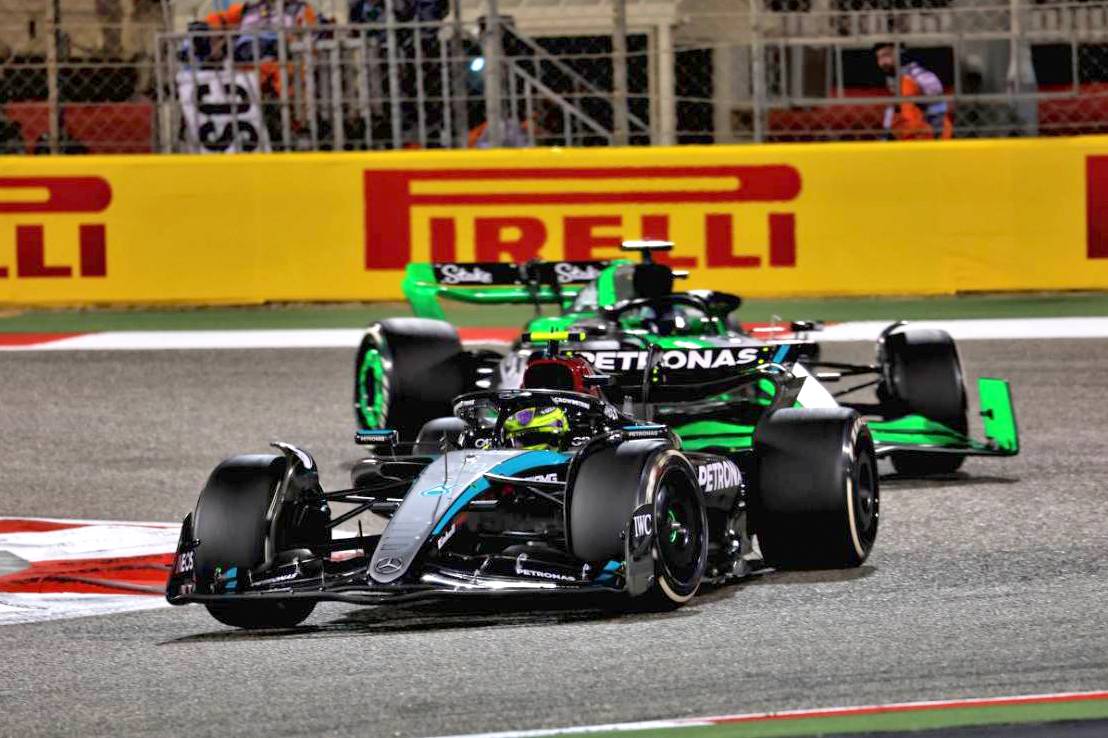
Shovlin confirmed that Hamilton’s own overheating issues were compounded by his lowly P9 position on the grid.
“The main issue for Lewis was we didn't qualify as well as we should have done,” he said. “We got a bit caught out on the first run, and ended up only having one set of new tyres for Q3. So some of his issue wasn't down to this. It was simply that he started further back.
“But with him, I'm pretty confident would have been ahead of [both] the McLarens. But probably not further than that. So as well as the cooling issue, there's a bit on tyre performance, balance.”
Keep up to date with all the F1 news via Facebook and Twitter



